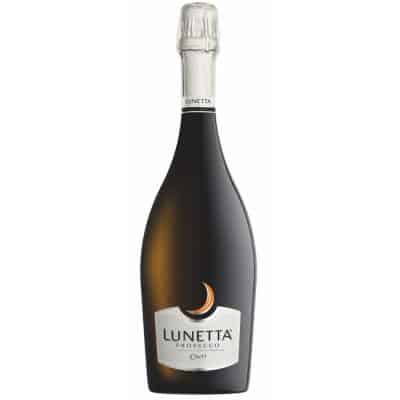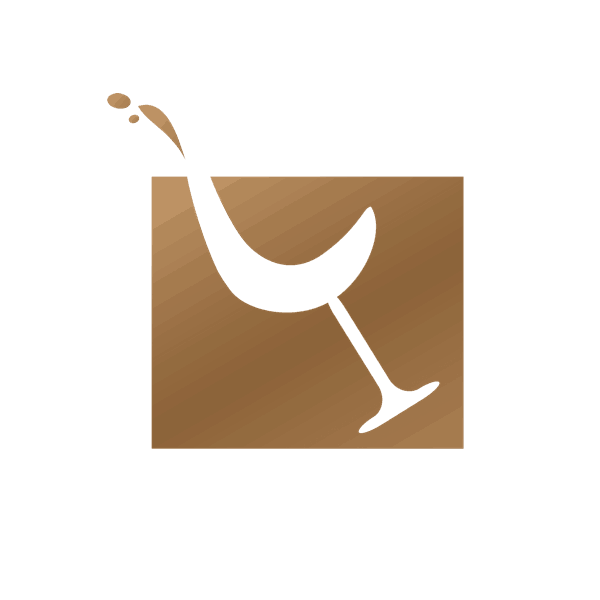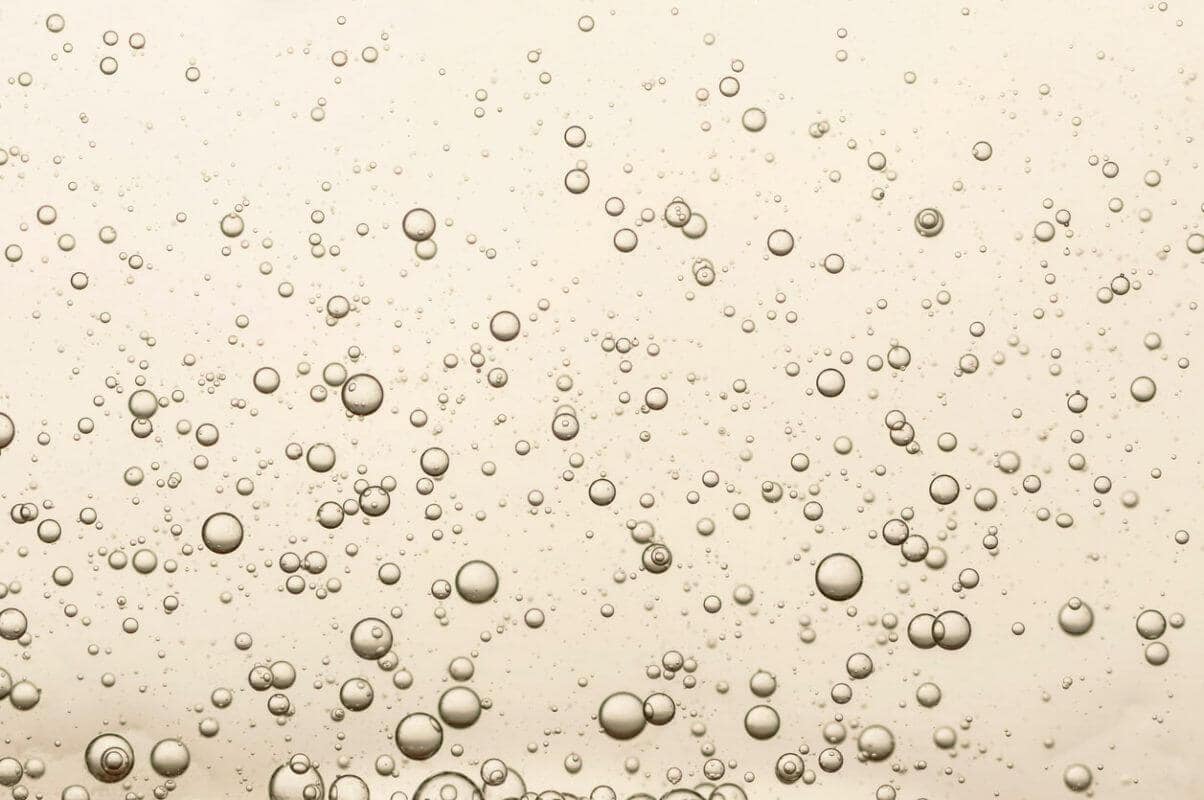Does Champagne remain Queen of the business we call fizz?
Champagne has the history, the sophistication, the famous houses, the weight of years of lavish marketing behind it, no doubting that. But in these austere, less ostentatious times in which we live, are there new pretenders to the crown?
We ask, is France’s Old Lady of Fizz no longer the top banana or are reports of her demise greatly exaggerated?
The Reigning Champion – Champagne
How did it all start?
Champagne was a region long before it was a sparkling wine of course. The region lies at a pivotal crossroads in French history both geographically and politically. Without going into too much detail it is safe to say that a lot of stuff went on there over the years and much of it was not particularly pleasant. In fact, depending on which historical tomes you research, it is said that by the mid 17th century, the city of Reims had been invaded and/or destroyed seven times and Epernay no less than twenty-five.
Crossroads
The fact that geographically it was on a crossroads meant trade was extremely important for the region, merchants attended fairs in the area primarily to buy and sell cloth but wines from the region were also traded, wines had been a commodity of the region since the Romans had flounced about in their togas but of course up until the middle of the 15th Century the wines being drunk and traded were all still. Certainly not Champagne as we know today.
Coronation Street
As with any good historical tale, especially a French one, there is a Cathedral involved, ours being the Cathedral at Reims which was the ‘go to’ Cathedral for a French Kings Coronation right up to the early 19th Century. This meant that the Champagne region was right at the heart of the Catholic establishment and local monasteries benefitted very well financially, giving them some serious money to plough into their wine production.

Catedral de Notre Dame de Reims
Two key factors made Champagne as we know today come about, firstly all that lovely money given to the monasteries, which allowed them to take their wine production very seriously indeed and secondly the conducive climate of the region.
It is often said that Dom Pérignon a Benedictine monk invented Champagne, that was of course before recent reports that the fizz was first put into still wine by an English Monk, but we’ll gloss over that bombshell for now…
Bubbles Shocker!
But in fact, Champagne wasn’t really ‘invented’ at all, Dom Pérignon was actually trying not to get bubbles in his wine! The bubbles are a natural occurrence because to the cold winter and short growing season in the region. Grapes were harvested late which didn’t leave enough time for sugar to convert to alcohol before the cold weather stopped the first fermentation. Then when things began to warm up again in Spring, a second fermentation would start but by now the wine would be in the bottle. This re-fermentation would cause CO2 to be produced and hey presto, bubbles!
Monk makes mad wine
At the time bubbles in the bottles was considered very bad form and not at all desirable, Dom Pérignon and his fellow wine makers spent a lot of time an effort to try to avoid the bubbles but without much success. The wine was considered ‘mad’ mainly due to its propensity to explode from the bottle in the Spring.
So the Monk didn’t really invent Champagne but he did create it so we have much to thank him for and he and his fellow monks laid down the basics of Champagne production we know today. Interestingly, he eventually solved the exploding bottle problem by importing stronger bottles from England, which adds fuel to the theory fire that the English were producing sparkling wine before the French. Just saying!

Everyone loves bubbly
During the 18th Century the French nobility took a shine to the sparkling version of Champagne and there was also considerable interest from across the Channel. Technical advances in production methods and bottle design from houses such as Verve Cliquot, Krug, Pommery and Bollinger over the next fifty years meant the fizzy stuff became a firm favourite across Europe especially with the upper classes.

What about today? Does Champagne remain popular?
Today the Champagne region produces something close to 300 million bottles of the fizzy stuff every year and turns over just short of €5 million making up 30% of the counties wine export market. This is slightly down on pre 2008 crash figures but not so much as you’d notice, the regions record was in 2007 with 339 million bottles. It is clear that regular Champagne drinkers didn’t take much notice of the financial crash!
All the signs are that Champagne is still very much ‘Queen of the Hill’.
The major houses and their approximate annual output (bottles):
- Bollinger 2.5 million
- Dom Perignon 5 million bottles produced in each vintage year
- Laurent Perrier 7 million
- Moet & Chandon 26 million
- Mumm 5 million
- Nicolas Feuillatte 10 million
- Piper Heidsieck 5 million
- Pommery 5 million
- Taittinger 5 million
- Veuve Clicquot 10 million
Our Top 5 Interesting Champagne Facts:
- An average 28,000 bottles of Champagne are served at Wimbledon each year.
- In a standard 750ml bottle of Champagne there are somewhere around 50 million bubbles… approximately! We’ve not counted…
- It is said by some that you will know if you are drinking ‘good’ Champagne, you should see what’s called “collerette” ‘or bubble-trains’ on your glass. Although that could be nonsense!
- Dropping a raisin into champagne will cause it to travel from the top of the glass to the bottom continuously – you should try it next time you have a glass in your hand. Although if you are like me you never seem to have a raisin on you when you really need one…
- The longest ‘recorded’ flight of a champagne cork was 177 feet – obviously there may well have been further achieved over history but probably not recorded. Let’s face it when your party gets to the stage of shaking expensive bottles of champagne and firing off corks no one is keeping score any longer!
Who are the pretenders to the Champagne crown?
Prosecco
Well obviously you might say, it is after all ridiculously popular but you also might add, it doesn’t have the sophistication of Champagne, it’s just something fizzy you might order by the glass on a night out?
That may be true but Prosecco has in fact been around longer than Champagne by all accounts, the Romans were big fans, Pliny The Elder mentions it in his writings and there are literary credits to this Italian sparkler from the mid 16th Century so it has been with us for a good while. Although the bubbles weren’t introduced until the 19th Century. Ah!
A Town Called Prosecco
Named after the town of Prosecco close to Trieste and made using the Glera grape it is produced using the ‘Charmat Method’ or in simpler terms the ‘tank method’. This means the secondary fermentation takes place in big steel tanks which is far less labour intensive than Champagne and the main reason Prosecco is a much more affordable option.
However, don’t let the use of big steel tanks fool you, they are considered by many experts a ‘cleaner’ way of making wine and allow the fruit to really shine through in the finished product.

Our Two Fabulous Prosecco Facts:
Prosecco can be either ‘spumante’, the most popular full on fizz version or ‘frizzante’ which is a lighter fizz, it can also be, believe it or not, completely still or ‘tranquillo’.
The original ‘Bellini’ cocktail created in Harry’s Bar in Venice was actually made with Prosecco not Champagne.
Franciacorta
Another Italian Sparkling Wine, Franciacorta as a region has been producing wine since the 16th Century although the sparkler with which we are concerning ourselves only really came to be in the early Sixties so it might not be one you are wholly familiar with. It is produced using the ‘Method Champenoise’ or Traditional Method, in exactly the same way as the French do it. So in many ways Franciacorta is the main contender to the Champagne crown, it is also predominantly made using Chardonnay and Pinot Noir grapes (some Pinot Blanc is permitted) just like Champagne. The difference comes in the climate of the region, Franciacorta is warmer and the summer longer so the grapes get fuller and can ripen more easily.
Franciacorta tends to be drier and more intense than Prosecco but can lack the minerality of Champagne. That said if you’ve not yet tried it you really should. Coz it’s gooood!
Durello
Just to the East of Verona where the Valpolicella and Soave are the top dogs there is a ‘Charmat Method’ produced sparkler called Durello that will give any other Italian Sparkling wine a run for its money. Is it a true contender to Champagne? Possibly not, but it is quality and in many respects in our very humble opinion trumps Prosecco bubble for bubble. Yeh, we said it!
In fact, we like Durello a lot here at Inspiring Wines, again it’s one you should give a try if you haven’t already. And undiscovered gem we think. It has long been the fizz of choice in all the best Verona bars.

Cava
No Sparkling Wine list would be complete without mention of the Spanish classic Cava. Produced in Catalonia and sometimes referred to in Spain as ‘champán’ or ‘champaña’ it is extremely popular around the world. Made the same way as it’s French counterpart and originally a copy of what the French were producing the pioneers of this excellent sparkling wine were Francesc Gil and Domingo Soberano de Reus who copied the French production style using similar grapes for exhibition at the Universal Expo of Paris in 1868. The arrival of phylloxera a year later devastated their vine stock and the vineyards were eventually replanted with different, more resistant varieties (Xarel-lo, Parellada & Macabeo) giving Cava the unique personality for which it is known today.

Our Amazing Cava Fact:
There are 7 classifications of Cava depending on the sugar level:
Brut Nature – up to 3g sugar, not added sugar
Extra Brut – up to 6g sugar per litre
Brut – up to 12g sugar per litre
Extra Seco – 12 to 17g sugar per litre
Seco – 17 to 32g sugar per litre
Semiseco – 32 to 50g sugar per litre
Dulce – over 50g sugar per litre
And finally, the British are coming…
“English winemaking is going through somewhat of a renaissance” is probably a phrase you have read somewhere in the press this year and it is undoubtedly true, would it be if it weren’t for our creation of masses of greenhouse gas over the past couple of hundred years? Maybe not but I’m not here to get into an argument about how we treat this fabulous planet we live on. It could be investment; it could just be a change in perception, it could be climate change but we can make great Sparkling Wine…Fact!
The South Downs and Kent in particular are producing some unbelievably good Sparkling Wine, some of the vintages that Nyetimber in West Sussex have produced in recent years can easily rival any from across the Channel and have won numerous awards. Nyetimber, Henners, Bolney Estate to name but a few are all creating spectacular fizz that can definitely rival their French counterparts. Once the laughing stock of the wine trade English Fizz is taken very seriously these days and it should be, it really is that good!
English Sparkling Wine Fact:
French Champagne House Taittinger owns 69 hectares of vineyards in Kent (so we must be doing something right…)
The Queen is Dead?
So, is the Queen of Fizz dead? For those of you hoping for some sort of sensational revelation at the end of this article I’m sorry to disappoint but, no she’s not. Champagne is still as popular as ever and I very much think it always will be, there is just something about the word, the idea, the feeling you get when you are served a glass or open a bottle of good Champagne and that alone even before a bubble gets close to a lip is extremely difficult to contend with.
That said, personally speaking if I am spending money on ‘fizz’ for a special occasion or buying a gift I would go with English bubbles every time, no question. And that has nothing to do with loyalty or patriotism it is simply that the wines being produced are so wonderful.
But please make your own mind up, I urge you to try some of the contenders mentioned here. If you are a devout Champagne drinker, try a Franciacorta, you will be surprised how good it is. If Prosecco is your bag, try Durello, again you’ll wonder why you hadn’t tried it before. You’ve probably all tried Cava over the years and possibly something a bit ropey (ever been on an ‘all-inclusive’ to Spain? You’ll know what I mean…) but don’t let that put you off. There are many quality Cava’s out there that you don’t have to spend a fortune on to enjoy.
I hope this piece has piqued your interest and makes you want to broaden your horizons when it comes to Fizz. You may not change your mind or agree with me but you’ll have fun finding out.
Written by:
Dean Spencer – Director of Inspiring Wines
If you’ve enjoyed this article please share it with your friends – we very much appreciate it. Ta!
At Inspiring Wines we stock a range of Champagnes and Sparking Wines, you won’t find a Moet or Verve though, you can get those anywhere, we stock a range of interesting fizz you won’t find everywhere and we are always seeking out new additions to the range.




